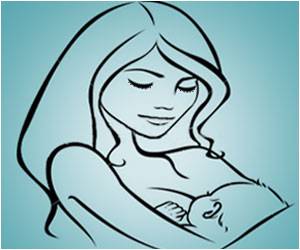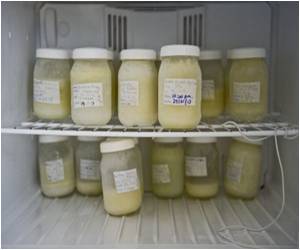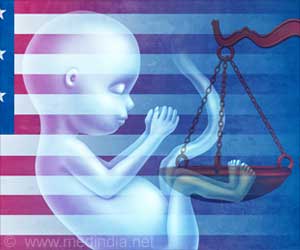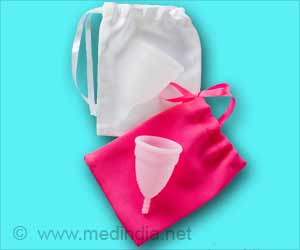Breast cells develop two nuclei as the breast switches on lactation to nurture the newborn, this change begins to occur in late pregnancy.

‘Mammals, including humans, wallabies and seals, are primed to adapt to pregnancy in ways that best supported the survival of their babies.’





Using unique 3-D imaging technology Dr Rios and Dr Fu found huge numbers of cells became binucleated - developed a second nucleus - a process that is critical to milk production. Professor Visvader said the process - which lasts only for the duration of lactation - was important for the newborn to thrive when breast milk was the sole nutrient. "We know that these cells are milk-producing factories," Professor Visvader said. "What is interesting to find is they change according to a very tightly regulated regime - they develop two nuclei, not three of four and then return to one nucleus after lactation. Presumably this is important to avoid mishaps."
Institute co-researcher Professor Lindeman said the research showed how mammals, including humans, wallabies and seals, were primed to adapt to pregnancy in ways that best supported the survival of their babies.
"Based on their presence in five different species, these findings suggest that this process has evolved in mammals as a mechanism to maximise milk production, which is essential for nourishing the newborn and the survival of mammalian species," he said.
Source-Eurekalert














